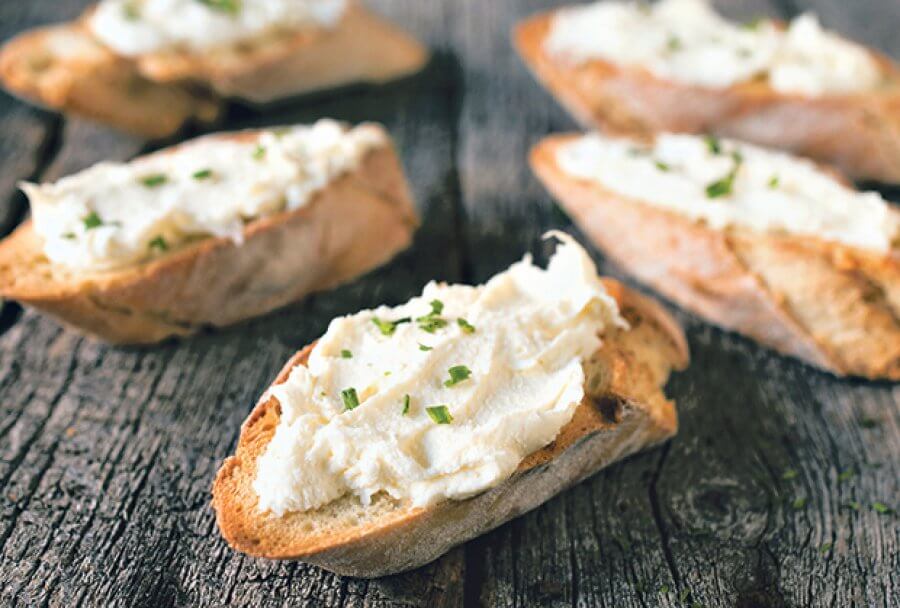Kajmak is a Serbian native fresh dairy product with rich flavor, taste like skim milk. Kajmak is used throughout the Middle East, South-East Europe, Iran, Afghanistan, India and Turkey, and Serbia is very much appreciated and loved as a unique appetizer or side dish.
Manufacturing cream – kajmak
It is made by gradual heating of raw milk to boiling and cook on low temperature for several hours. When cooking is finished, the milk is cooled and removed from the surface of the top layer and left to ferment and ripen gently for several hours or even several days. Kajmak contains a high level of fat, about 60%, and a thick and creamy contents, although not quite compact, thanks to milk protein fibers. Kajmak has a rich flavor, medium-sour-bitter, depending on the length of maturity. In Serbia, the kajmak is mainly produced in the homes, in the traditional way and can be purchased at the markets. The industrial production of cream in Serbia is low and does not reach the quality of the homemade products.
The best kajmak in Serbia comes from mountainous areas, where cattle are raised on fragrant pastures. Zlatibor region and southwestern region of Serbia are the most important producers of high-quality creams in Serbia.
There are two types of kajmak; vary young cream with a mild flavor that can be consumed immediately after production, and has a duration up to 2 weeks, and mature cream with sharper taste and yellowish color, which is ready for consumption after a period of maturation and has a duration up to 6 months.
Great appetizer, but also as a food additive
The simplest recipe is a flat bread with kajmak, which is eaten for breakfast or as a snack. Various specialties of Serbian cuisine also include kajmak, as one of the basic ingredients. These are the burger with kajmak (Serbian version of the hamburger topped with melted cream cheese) and roast in sauce (veal shank stewed with cream).

Kajmak on bread
It is served for breakfast and dinner as a relish since it goes well with everything, but don’t let yourself be surprised when in every kafana which holds up to its name you get ćevapi or any other kind of meat served “on kajmak”. On the other hand, it can be something like local fast food, so you can try different kinds of lepinja (flatbread) with kajmak, with or without prosciutto and garnish.
Most people in Serbia will tell you that the best way to try kajmak is in a warm lepinja, just enough to melt kajmak and make lepinja softer and juicier – the way it has been eaten in our country for decades.